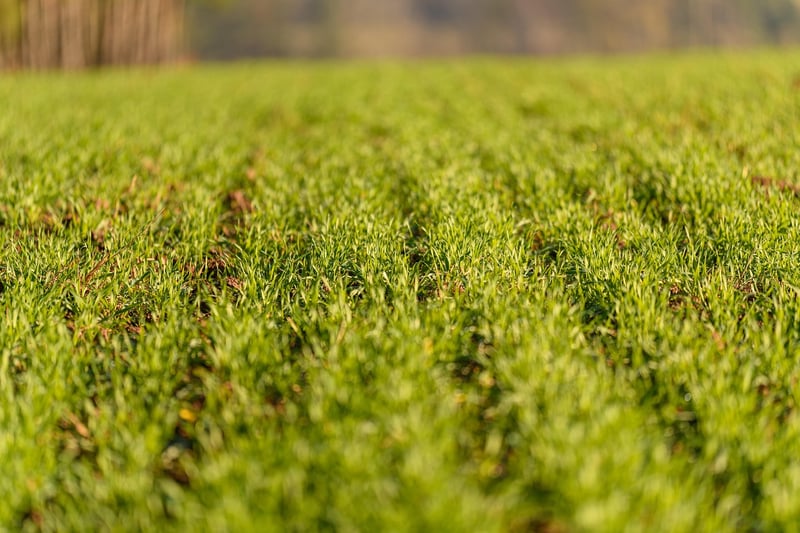Rooftop Farming
Exploring Urban Garden Organization and Rooftop Farming
Urban Garden Organization
Urban gardens bring nature into cities, providing fresh produce, green spaces, and community engagement. Here are some creative ways to organize urban gardens:
1. Community Gardens
Community gardens are shared spaces where individuals can grow fruits, vegetables, and flowers collectively. They promote social interaction and shared responsibility.
2. Vertical Gardens
Vertical gardens utilize vertical space to grow plant varieties such as herbs, flowers, and small vegetables. They are ideal for areas with limited horizontal space.

3. Raised Bed Gardens
Raised bed gardens involve planting in elevated soil beds, which offer better drainage, soil quality, and ease of maintenance. They are suitable for urban areas with poor soil conditions.
Rooftop Farming
Rooftop farming utilizes rooftop spaces for agricultural purposes, providing numerous benefits like urban food production, insulation, and stormwater management. Here are some rooftop farming techniques:
1. Intensive Rooftop Farming
Intensive rooftop farming involves maximizing space usage by planting crops densely. Techniques like vertical gardening and hydroponics are common in this method.
2. Green Roof Systems
Green roof systems involve planting vegetation directly on rooftops, providing insulation, reducing urban heat island effect, and improving air quality.

3. Rooftop Aquaponics
Rooftop aquaponics combines aquaculture (fish farming) with hydroponics (soilless plant cultivation) to create a sustainable ecosystem that recycles nutrients efficiently.
By exploring these innovative ways to organize urban gardens and implement rooftop farming, cities can enhance sustainability, food security, and community well-being.
